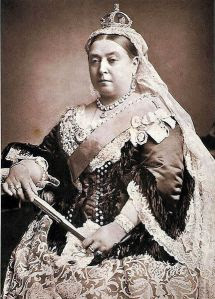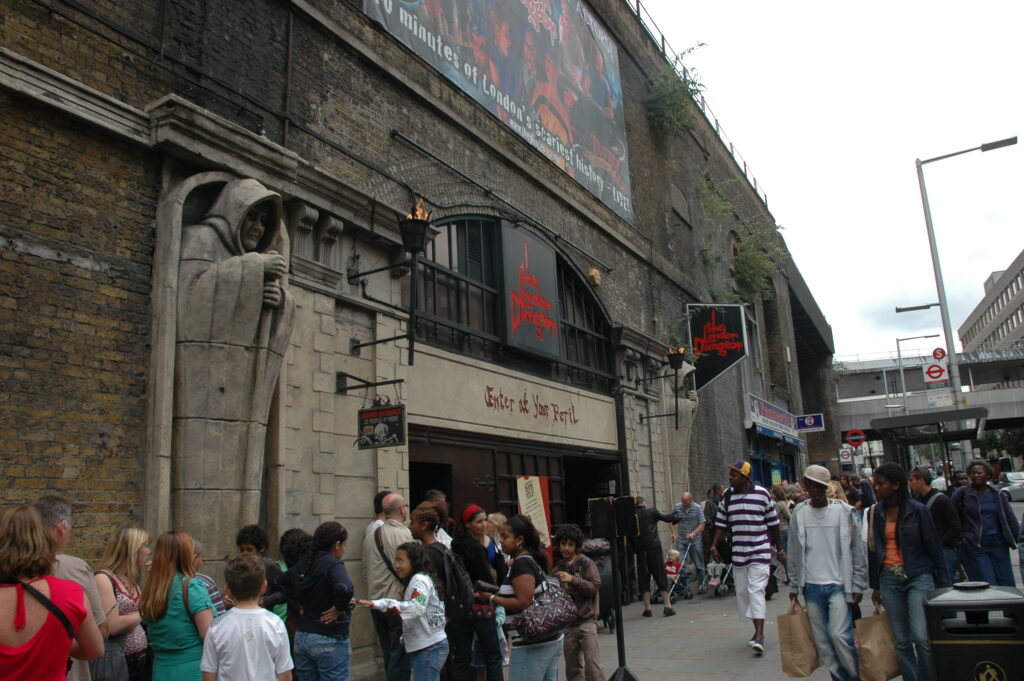The Royal Disease Defined
You probably already know that hemophilia is referred to as the “royal disease.” It’s not a royal disease, of course, but it was made famous by the royal families of Europe, some members of which had the blood disorder. Britain’s Queen Victoria is the world’s most famous carrier: she had nine children, but only son Leopold had the disorder.
Up till now, no one knew which type of hemophilia the royal line carried: A or B?
Read Nicolas and Alexandra, by Robert K. Massie, if you want a fascinating look at history that reads like a love story. This was also made into a spectacular movie. And for children, I offer my own book Alexis: The Prince Who Had Hemophilia, free of charge through my website. If you have hemophilia in your family, this is a story you must know!
The results are in; the DNA results, that is. Britain’s Queen Victoria’s family had a severe form of hemophilia B. Our own University of Massachusetts’s Dr. Evgeny Rogaev has conducted DNA tests on the remains of the Romanovs, the queen’s Russian relatives. Victoria’s granddaughter Alexis married Nicholas II, the last Russian tsar. Rogaev examined the remains of Prince Alexei, himself, who had hemophilia, and who was killed with his entire family on Lenin’s orders. 
This is one of history’s most fascinating stories: how hemophilia played a part in the overthrow of the Russian dynasty and perhaps led to the Communist take-over. Communism helped to define much of world history following World War I.






